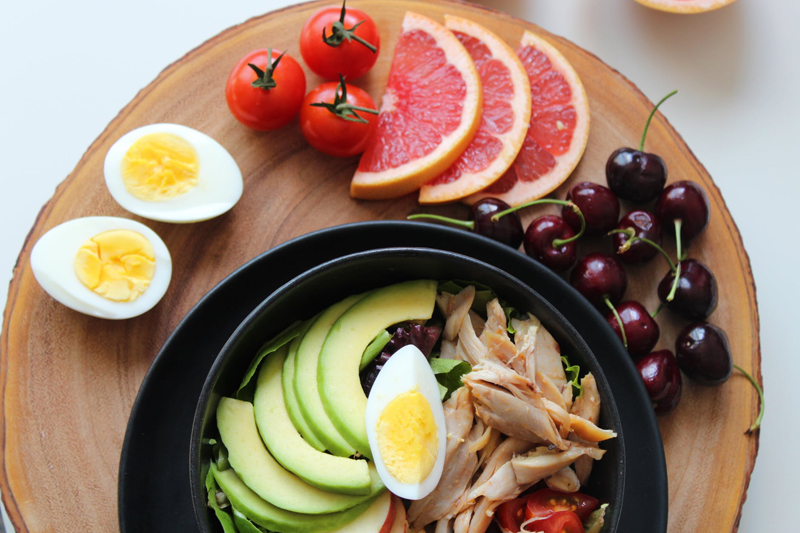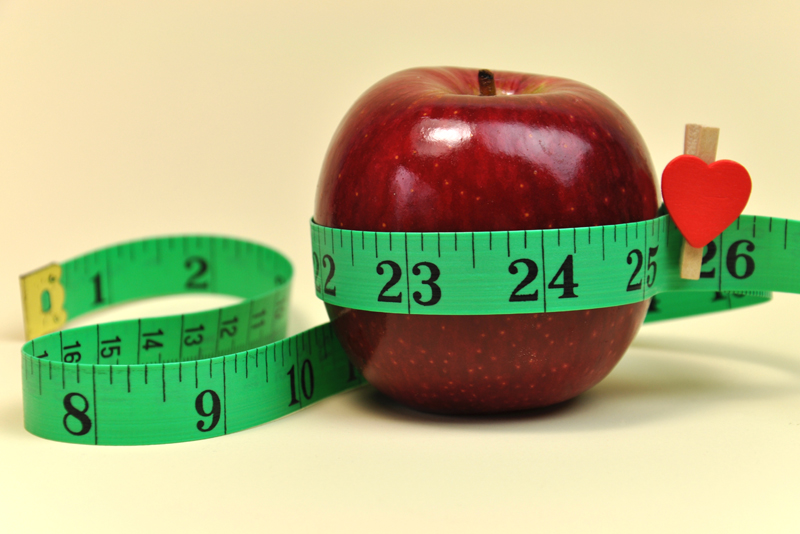Whole Grain Foods

Many companies tout their products as being superior because they are made up of whole grains. What are whole grains? Does that mean that most things are made from partial grains? Learn more about the whole grain industry.
First off, what is a grain? A grain is a type of grass. When people think of grains they think of things like wheat, rye, oats, barley rice, and corn (although some people also toss corn into the vegetable category as well). In many poor countries, these grains are the only thing people can eat, because they last well in the winter, don't spoil as easily in the summer, and other items like meat are too expensive. Remember how the promise in the US in the 1930s was "a chicken in every pot"? That's because at the time few people could afford to eat meat at all! We are very lucky in modern times that it can be "easy" to eat meat. We don't realize that there are still many parts of the world where the only thing they can afford is a few grains of rice.
When most residents of poor countries eat grain, they are eating the WHOLE grain. This includes the inner "endosperm" part as well as the outer layers of bran and germ. This complete seed packet provides a wealth of healthy oils, vitamins, fiber, and even protein. It is a pretty complete food source which is how they survive.
However, when people in more developed countries including the US and Europe regions eat grain, they typically do NOT eat whole grain. Instead, factories mill off all the healthy outer parts of the grain, leaving only the most central part - the endosperm. That endosperm has very little of the healthy parts of the grain - it is almost all carbohydrates. So it's a little container of calories, and not much else.
Why do the factories do this? Well, ask yourself why some people like plain white bread instead of a rich wheat bread. They are raised on "sweet" foods and they come to crave white bread, white rice, and other milled products. It starts with childhood, and it perpetuates into adulthood.
Scientists and nutritionists have known for years that whole grains are far better for you. They even try to get bread makers to add nutrients artificially back into their milled-grain products, like white bread, to make up for all the damage that was done by the milling process. However it's just not the same. They don't add everything back in, and the artificial nutrients don't come close to the natural ones. Organizations such as the Mayo Clinic enthusiastically recommend that, if we're going to eat a grain product that we choose whole grain instead of refined grain.
So if you're going to eat bread, rice, or other grain products, always look to choose the whole grain option. It should say right on the package that it is a whole grain. Your body will thank you!

Lisa Shea's Library of Low Carb Books
First off, what is a grain? A grain is a type of grass. When people think of grains they think of things like wheat, rye, oats, barley rice, and corn (although some people also toss corn into the vegetable category as well). In many poor countries, these grains are the only thing people can eat, because they last well in the winter, don't spoil as easily in the summer, and other items like meat are too expensive. Remember how the promise in the US in the 1930s was "a chicken in every pot"? That's because at the time few people could afford to eat meat at all! We are very lucky in modern times that it can be "easy" to eat meat. We don't realize that there are still many parts of the world where the only thing they can afford is a few grains of rice.
When most residents of poor countries eat grain, they are eating the WHOLE grain. This includes the inner "endosperm" part as well as the outer layers of bran and germ. This complete seed packet provides a wealth of healthy oils, vitamins, fiber, and even protein. It is a pretty complete food source which is how they survive.
However, when people in more developed countries including the US and Europe regions eat grain, they typically do NOT eat whole grain. Instead, factories mill off all the healthy outer parts of the grain, leaving only the most central part - the endosperm. That endosperm has very little of the healthy parts of the grain - it is almost all carbohydrates. So it's a little container of calories, and not much else.
Why do the factories do this? Well, ask yourself why some people like plain white bread instead of a rich wheat bread. They are raised on "sweet" foods and they come to crave white bread, white rice, and other milled products. It starts with childhood, and it perpetuates into adulthood.
Scientists and nutritionists have known for years that whole grains are far better for you. They even try to get bread makers to add nutrients artificially back into their milled-grain products, like white bread, to make up for all the damage that was done by the milling process. However it's just not the same. They don't add everything back in, and the artificial nutrients don't come close to the natural ones. Organizations such as the Mayo Clinic enthusiastically recommend that, if we're going to eat a grain product that we choose whole grain instead of refined grain.
So if you're going to eat bread, rice, or other grain products, always look to choose the whole grain option. It should say right on the package that it is a whole grain. Your body will thank you!

Lisa Shea's Library of Low Carb Books

Related Articles
Editor's Picks Articles
Top Ten Articles
Previous Features
Site Map
Follow @LisaLowCarb
Tweet
Content copyright © 2023 by Lisa Shea. All rights reserved.
This content was written by Lisa Shea. If you wish to use this content in any manner, you need written permission. Contact Lisa Shea for details.










